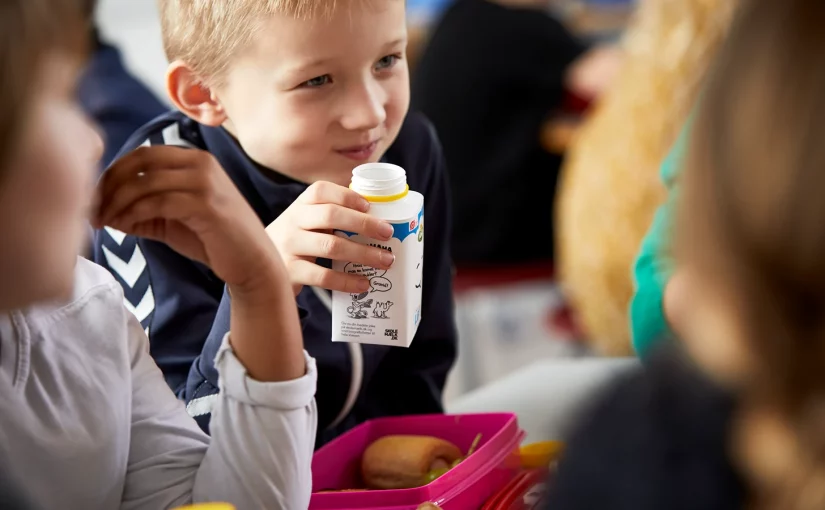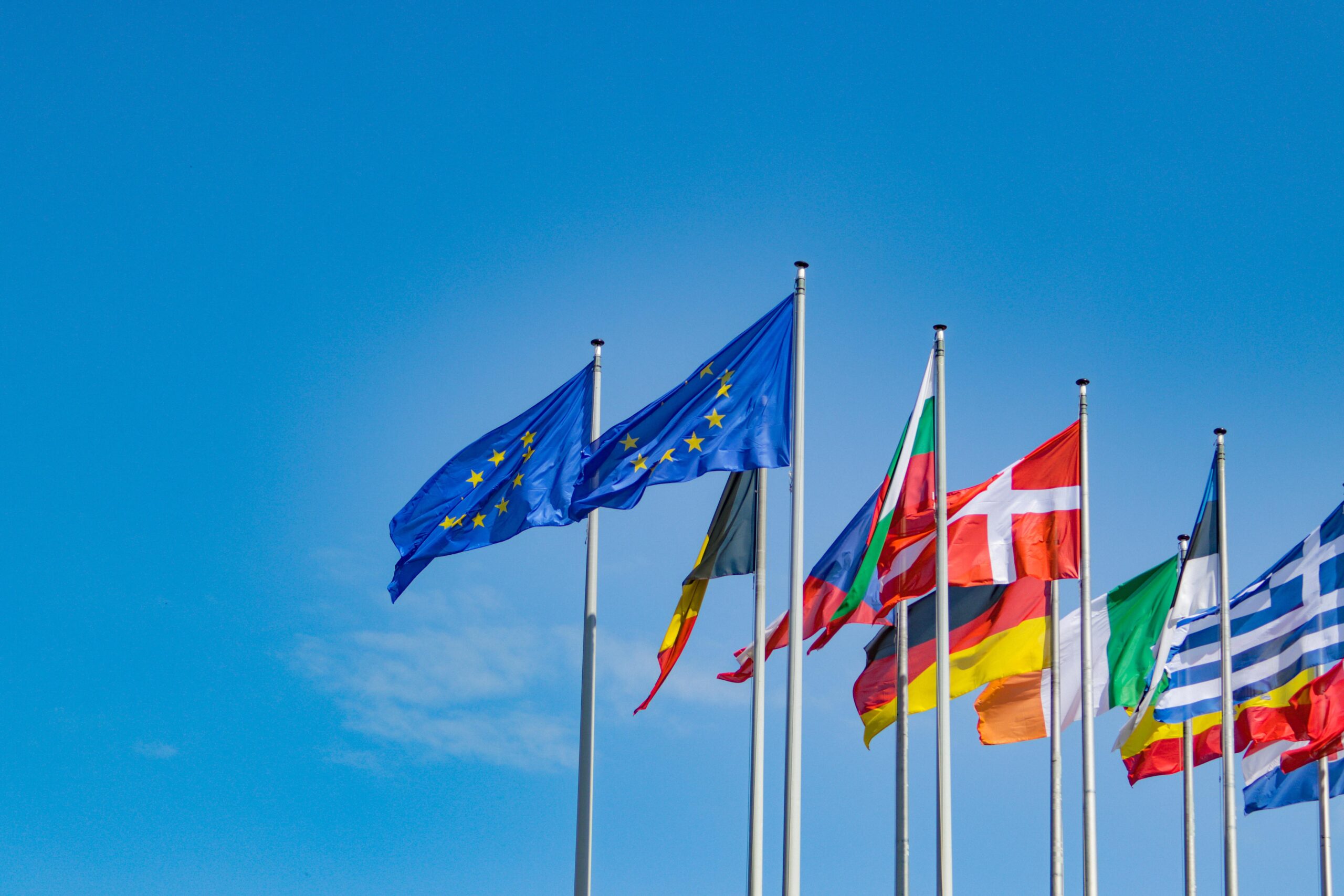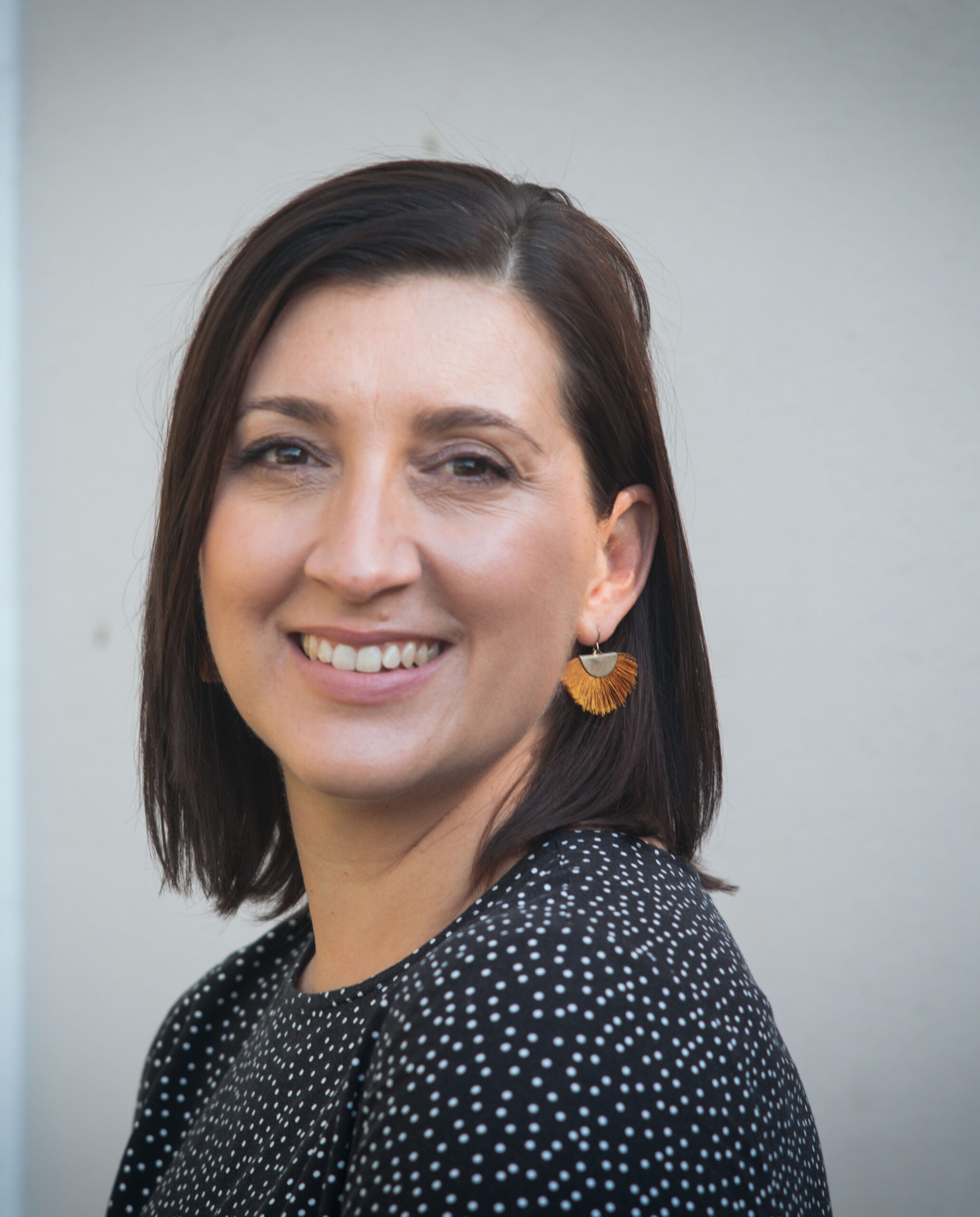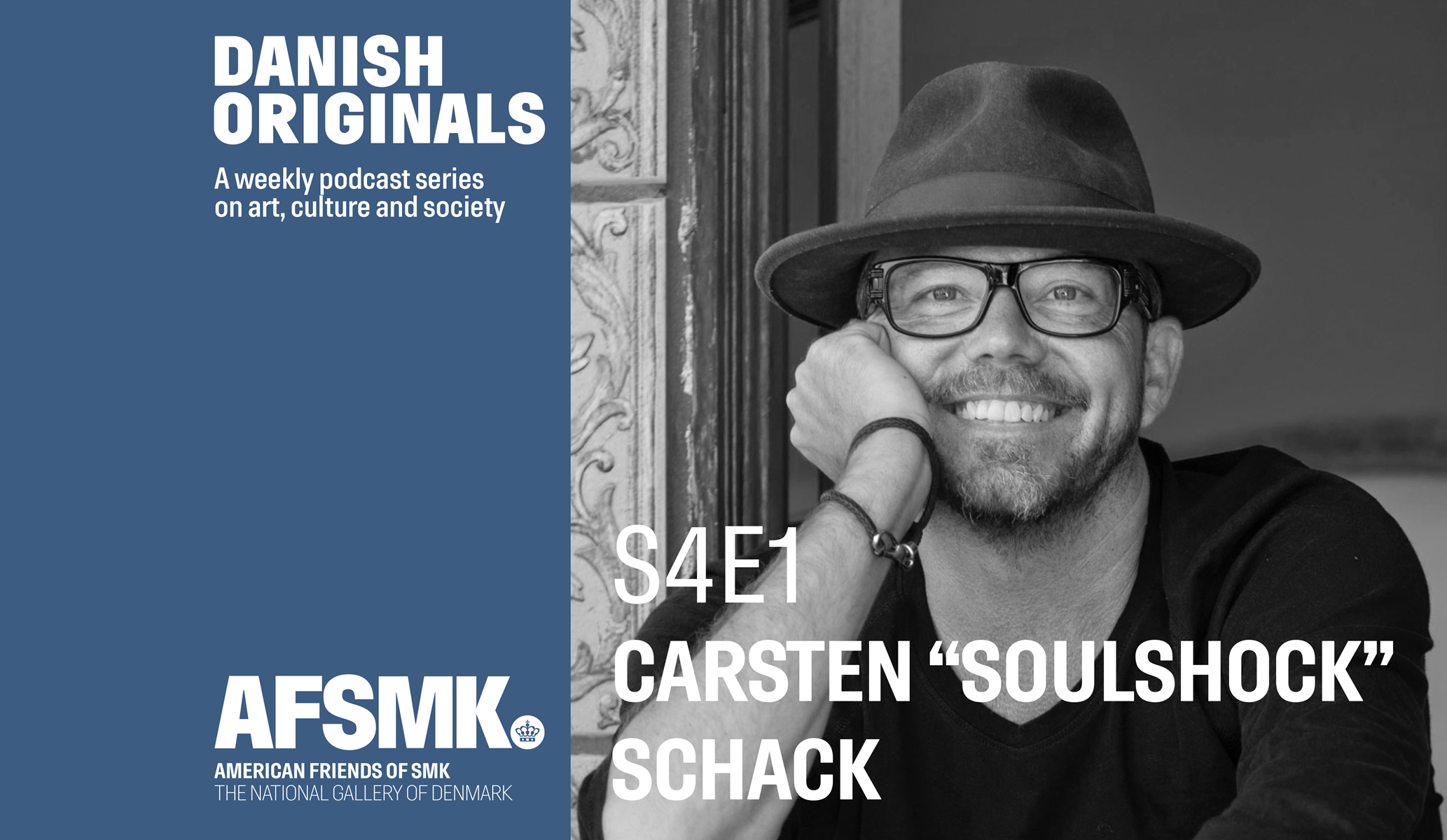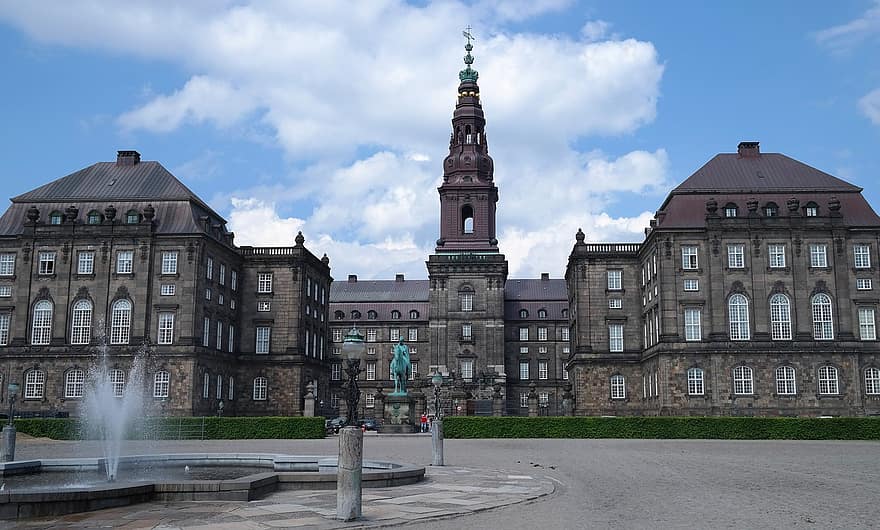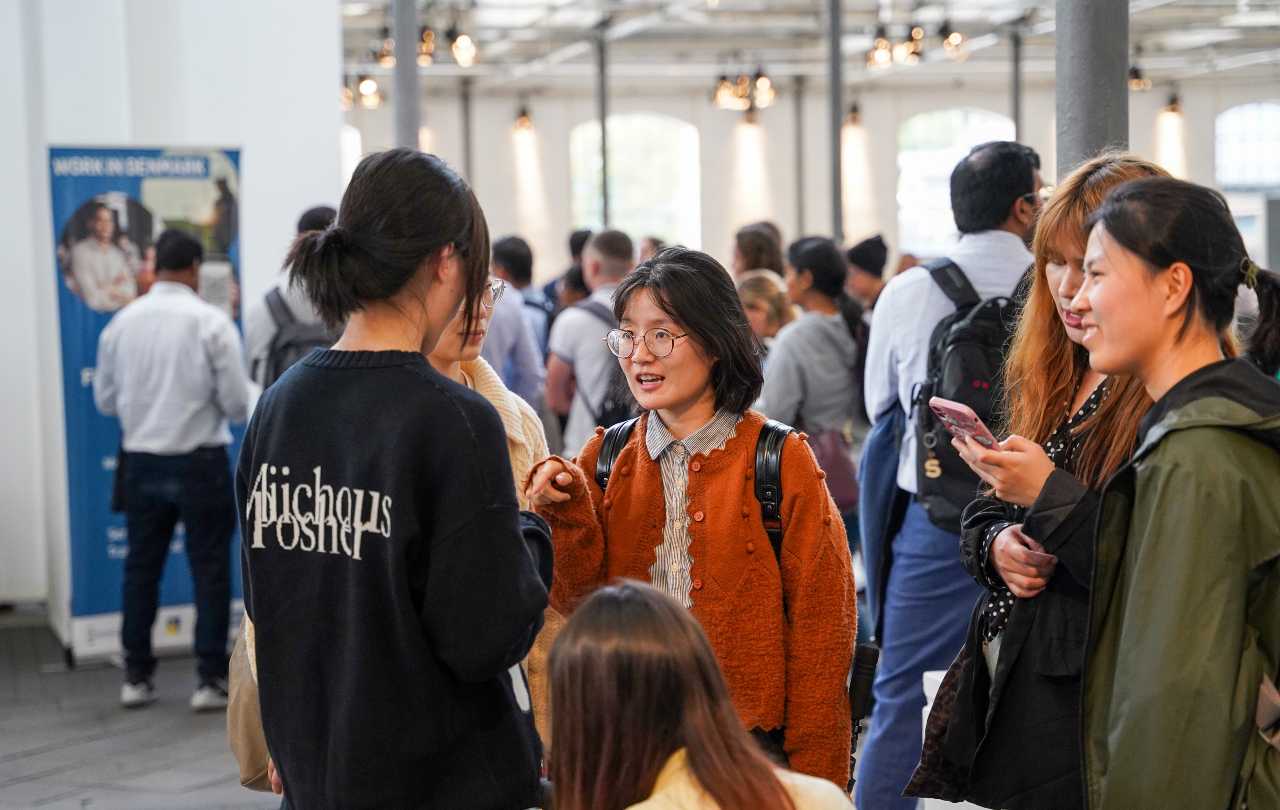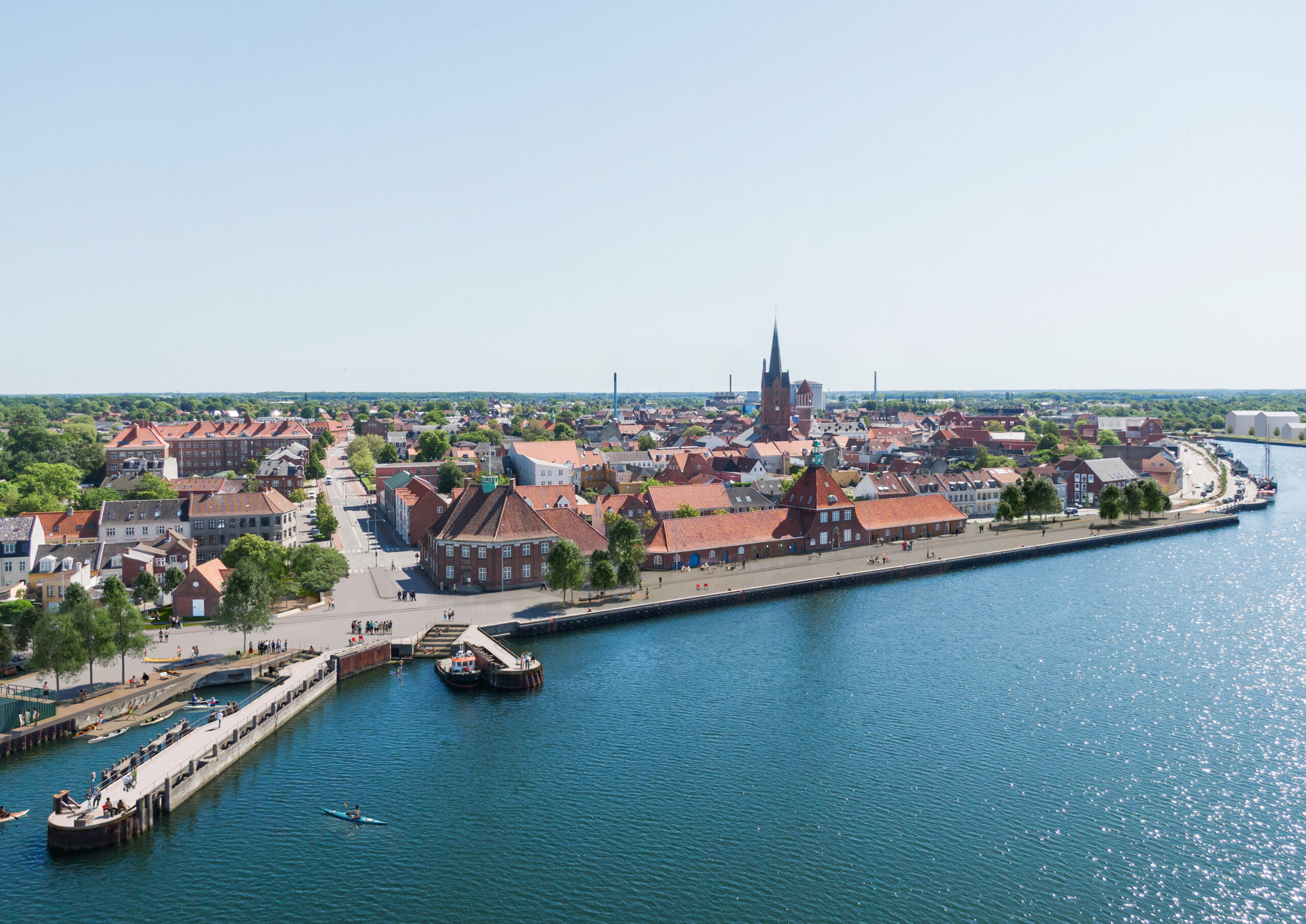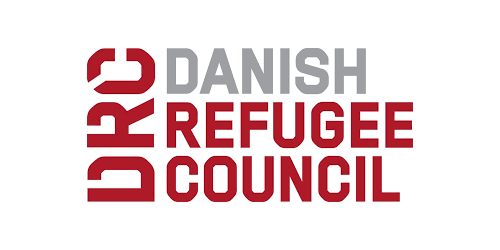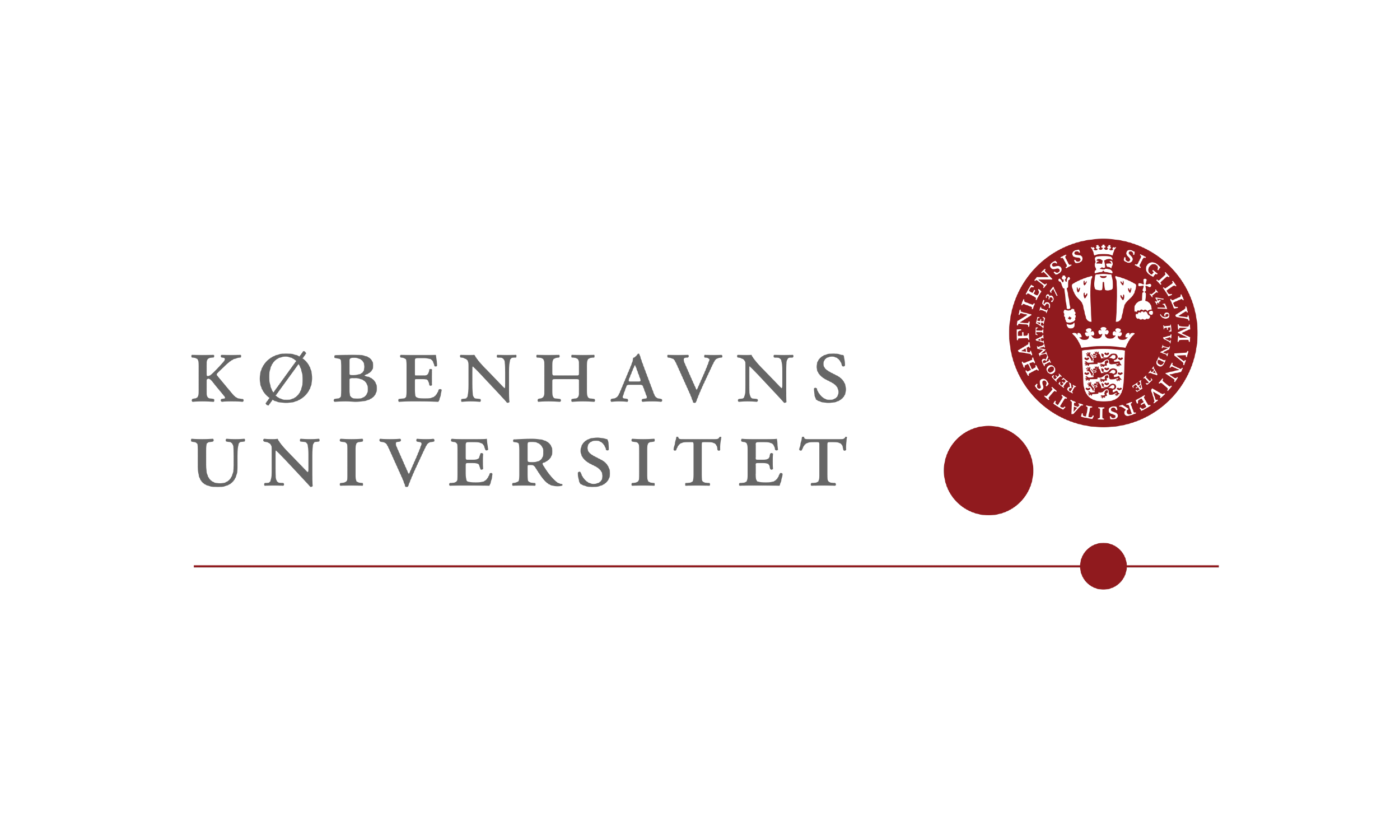Copenhagen kids look poised to miss out on something that has been an institution in schools across the country for a century.
The municipality has moved to shut down its school milk program in a bid to save 1.5 million kroner annually from 2023.
“The administration has presented a number of options and there hasn’t been much enthusiasm for the school milk as it isn’t recommended by the Sundhedsstyrelsen health authority,” Emil Sloth Andersen, the spokesperson for children for Radikale, told TV2 Lorry.
READ ALSO: Bilingual students faring better at school
Less CO2 with H2O
Andersen also explained that scrapping the school milk program will save the city on emissions generated from transportation of milk to the schools.
It is actually the parents who pay for the milk, but the city still must fork out 1.5 million kroner every year by reducing school budget resources allocated to technical staff spending time receiving, sorting and distributing the milk, as well as cleaning up afterwards.
Greenpeace has applauded the decision, encouraging kids to drink water instead to limit their climate footprint.
The decision is set to be finalised by the municipal budget committee’s approval at a meeting scheduled for June 14.

